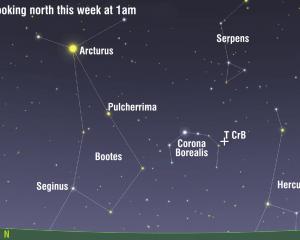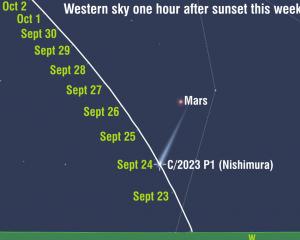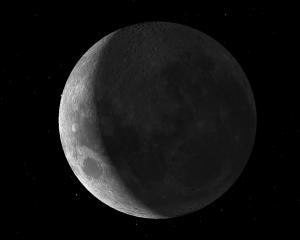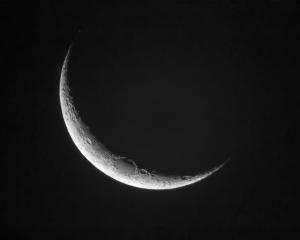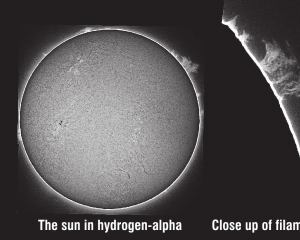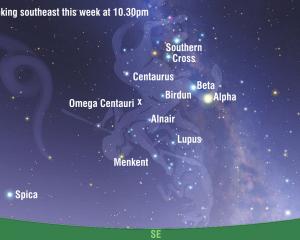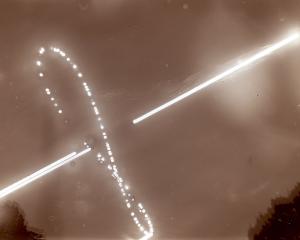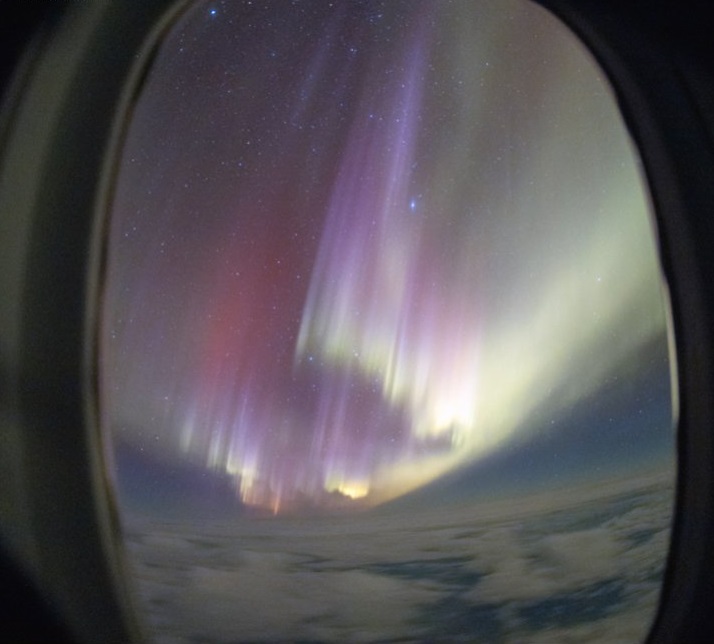

Just over a month ago, on March 20-21, I was lucky enough to be the lead astronomer on two charter flights that flew deep into the southern auroral zone. On both nights, the aurora was very active. There were fantastic views of the southern lights from a vantage point directly beneath them, thousands of kilometres south of Aotearoa.
Last Saturday night, some 27 days after the aurora flights, I was again enjoying a fabulous view of the aurora australis. However, this time my view was earthbound. I was standing beside Hoopers Inlet on Otago Peninsula and for about 30 minutes I was spellbound by waves of auroral activity in the southern sky.
The fact that I saw an auroral display exactly twenty-seven days after the previous one is the key to unlocking my bold auroral prediction for May 14. It turns out that the aurora I witnessed in March and April were both caused by high-speed material streaming away from a feature on the sun called a coronal hole. Coronal holes are areas of the sun where its magnetic field arches away from its surface, allowing material to escape.
Moving at hundreds of kilometres per second, that material crosses interplanetary space. It interacts with the earths atmosphere a few days later, giving rise to beautiful displays of the northern and southern lights.
Since the time of Galileo, it has been known that as observed from earth, the solar rotation period is a tad over twenty-seven days. This means that, should it survive another rotation, the coronal hole that caused the April 17 aurora will be roughly in the same position to generate a display on May 14.
Remember, you read it first here!

